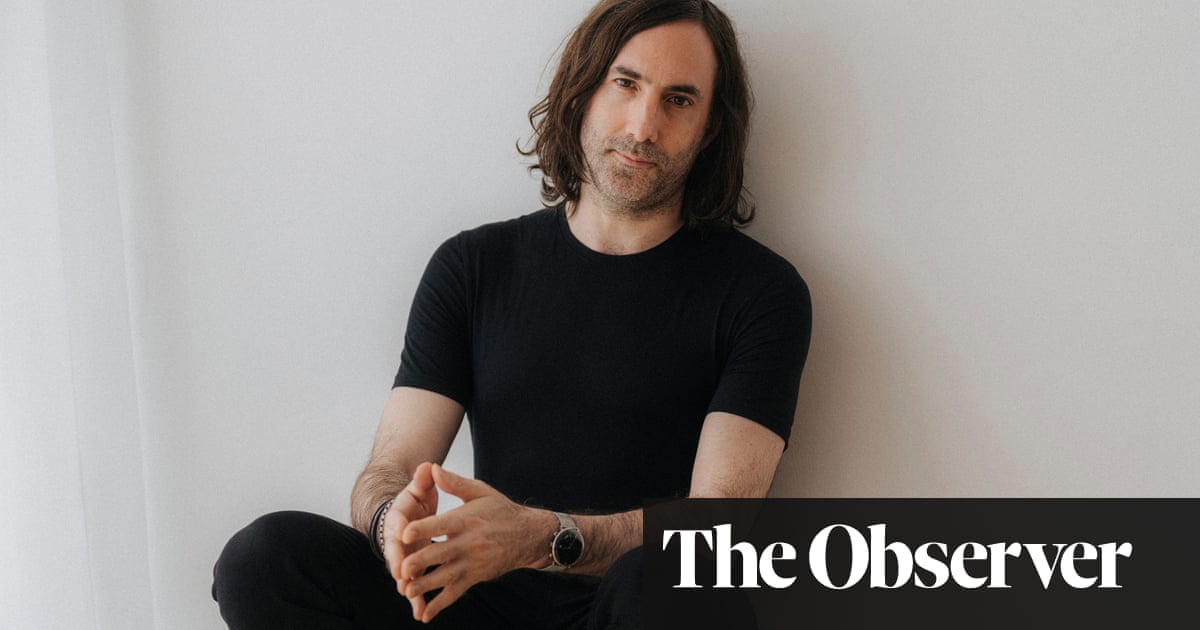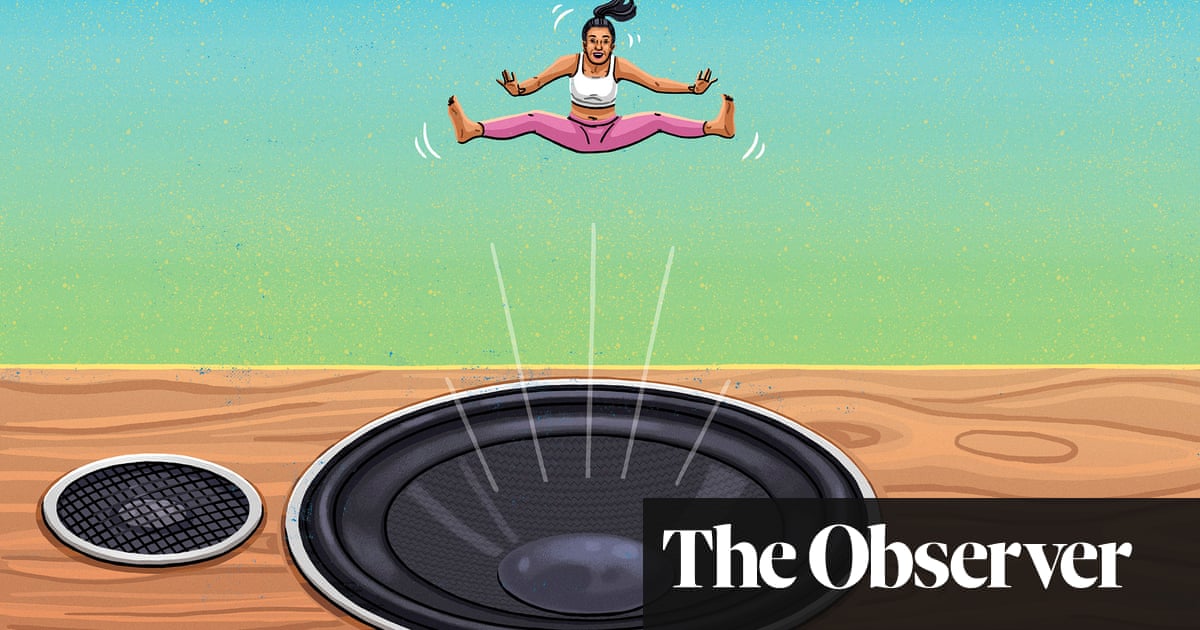
usicians have been faced with an impossible puzzle since March 2020: with gigs and festivals mothballed for the foreseeable future, how to maintain a profile? For Massive Attack, a solution was probably less of a reach than for many artists. After all, for the Bristolian pioneers, sound and vision have been interacting in unconventional ways for decades.
Robert “3D” Del Naja was a graffiti artist before he set foot in a recording studio. His work features on all of Massive Attack’s sleeves and his artistic vision has kept pace with his music. Last spring, while many bands were dabbling in front room concerts, Massive Attack were performing a set in the virtual realm (at the Minecraft festival) and assembling the Eutopia EP. A collaboration with, among others, the poet Saul Williams and digital artist Mario Klingemann, Eutopia combined haunted music and polemical visuals to explore the climate crisis, universal basic income and tax havens.
It was a characteristically thoughtful project and suggested one possible way forward for artists needing to scratch their creative itch during lockdown. “The freedom came from not officially releasing it,” recalls Del Naja. “It just went straight on to YouTube, it was free to air, there was no transactional component beyond someone taking the time to watch it. That was liberating: it meant you didn’t have to conform to anything beyond trying to get across the ideas.”
Robert “3D” Del Naja was a graffiti artist before he set foot in a recording studio. His work features on all of Massive Attack’s sleeves and his artistic vision has kept pace with his music. Last spring, while many bands were dabbling in front room concerts, Massive Attack were performing a set in the virtual realm (at the Minecraft festival) and assembling the Eutopia EP. A collaboration with, among others, the poet Saul Williams and digital artist Mario Klingemann, Eutopia combined haunted music and polemical visuals to explore the climate crisis, universal basic income and tax havens.
It was a characteristically thoughtful project and suggested one possible way forward for artists needing to scratch their creative itch during lockdown. “The freedom came from not officially releasing it,” recalls Del Naja. “It just went straight on to YouTube, it was free to air, there was no transactional component beyond someone taking the time to watch it. That was liberating: it meant you didn’t have to conform to anything beyond trying to get across the ideas.”
This, of course, is now contested territory. Reinterpreting the past can be dangerous, both in the context of conspiracy theories and in the nostalgia inherent in nativist populism. Del Naja embraces the challenge of this bigger picture. “It’s not putting an idea out there for the creation of hysterical conspiracy theories,” he says. “It’s about asking what really happened. Is the past what we think it is? Populist movements have been about resurrecting versions of their respective nations’ former glories. It’s a false memory for times that weren’t actually that glorious. Those memories become collages of reality and fiction.
“Last year, we saw hysterical responses in relation to Black Lives Matter and what was a tiny shift in public consciousness in relation to celebrating historical figures. Certain groups attempted to engineer a culture war and divide opinion to keep us distracted from the fact that even though a few statues have been removed, they’re still in power and it still isn’t working. Their version of the world is a failure and it’s their ghosts that are being exorcised.”
So much for the emotional and technological manipulation of the past. For musicians, Del Naja sees the future as open source. “The next generation won’t want to buy into a toolkit that has been designed for them,” he says. The last year has sparked a surge in creativity on platforms such as TikTok. As ever, necessity is the mother of invention. But Del Naja hopes for something less prescribed to emerge. “I’d like to think we could create a situation where we can move on to other spaces, where we have the freedom to communicate without being shepherded on to particular platforms like we are at the moment. The tools need to be defined by artists.”
If the virtual world and creative innovations within it have been our main source of solace since March, it’s clear that collective nostalgia now is for something very traditional: live performance. This isn’t lost on Del Naja.
“Music’s great ability is to be the mirror to everything around it,” he says. “It shouldn’t just turn in on itself. It shouldn’t just be self-examination. It’s a great transmitter of feeling and emotion, and a platform from which to change things. We’re recording and looking at the idea of potentially being able to go back on the road again.” The fruits of this strangest of years should be well worth the wait.












